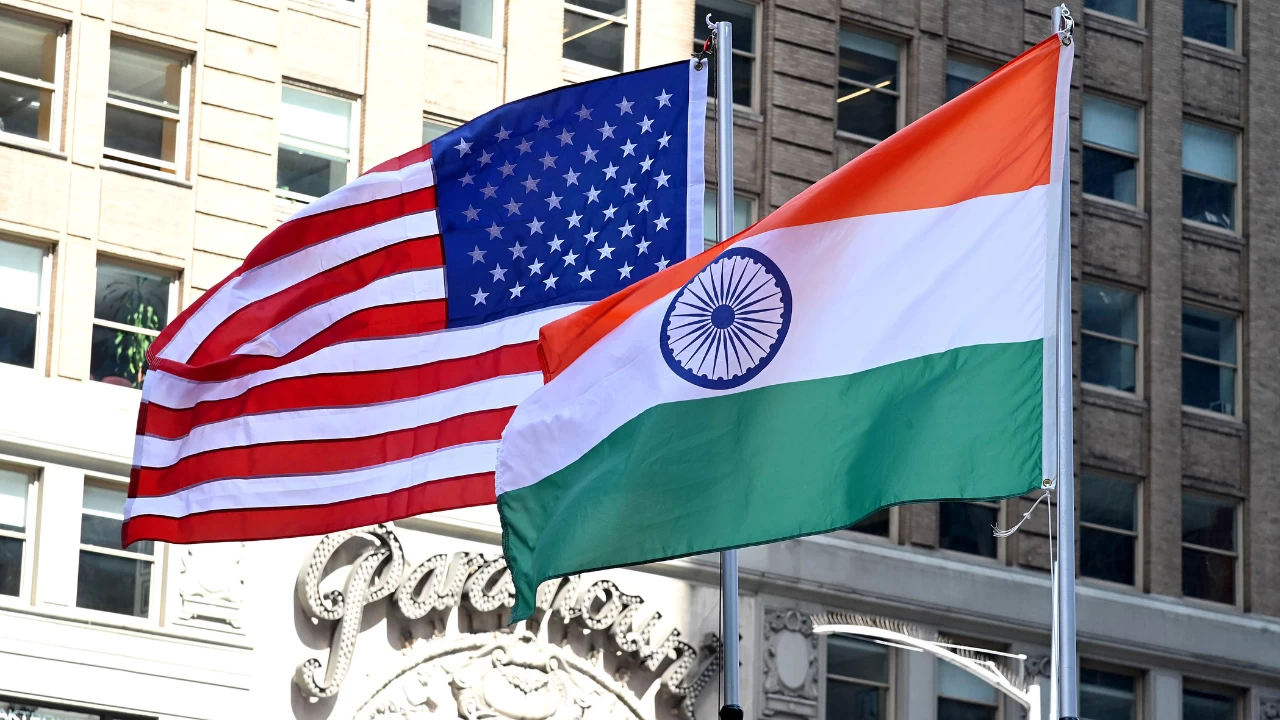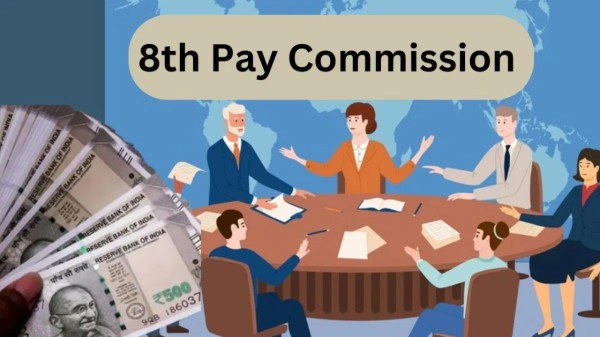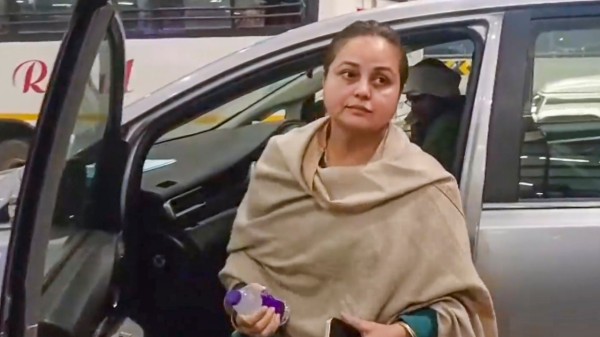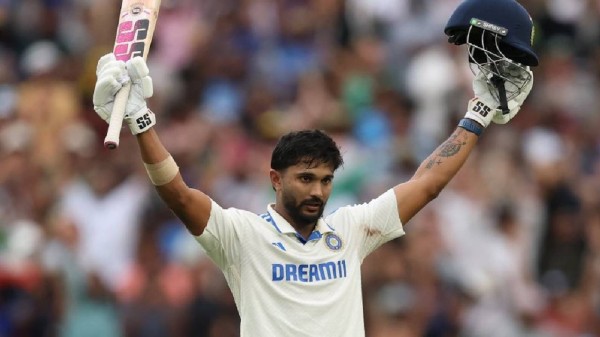

By signing in or creating an account, you agree with Associated Broadcasting Company's Terms & Conditions and Privacy Policy.


By signing in or creating an account, you agree with Associated Broadcasting Company's Terms & Conditions and Privacy Policy.

New Delhi: India and the US want to increase bilateral trade to 500 billion USD dollars by 2030. For this, both countries have been discussing a bilateral trade agreement (BTA) for a long time. However, US President Trump's tariff plan derailed this conversation in the middle. However, it is being reported that the trade talks are now complete. A Business Standard report claimed that a trade agreement can be reached between India and the US on the same lines as the agreement reached between India and Britain.
The report states that India has proposed a UK-style totalization agreement to the US, which has raised hopes of a possible mini-trade package. Renewed negotiations are taking place between the two countries on services, digital trade, investment and mutual market access. The question, however, is what the proposed trade framework might look like, what would it include and which sensitive sectors could be excluded.
India's latest proposal to the US focuses on providing relief from dual liability on social security. Based on the model of the agreement reached with the UK, India wants Indian employees and their employers working temporarily in the US to be exempted from dual social security liability. This agreement can be an achievement in the initial step, which will create the foundation for a comprehensive trade package between the two countries. This will prove to be a big relief step for Indian professionals engaged in the business of IT and services.
The report quoted experts claiming that India and the US are moving towards a mini trade package or framework deal. In this, many big sectors can be agreed upon.
India US Trade in services
India's priority is clear. India wants easy movement of professionals between the two countries. For this, India wants the H-1B and L-1 visa processes to be simplified and it is necessary for tech companies to reduce their operational expenses. It is believed that the United States can also show flexibility in this area considering its dependence on Indian IT services.
Digital trade and data flow
This agreement may include issues such as secure data transfer, cloud services, digital payment interoperability between the two countries. The US wants transparent rules in digital markets, while India prioritizes data security. A balanced framework can emerge here
Manufacturing and Supply Chain
Where the US Congress's CHIPS Act is a hindrance for China. At the same time, the United States is looking at India as a reliable ally in the electronics supply chain. In such a situation, under BTA, both countries can deepen cooperation in the field of semiconductor, electronics, EV, critical minerals.
India has made it clear to the US at all levels of negotiations that there are some sensitive issues which cannot be included in this trade package. India has also given its reasons for this. Given India's political, social and economic structure, it may be disruptive for India to open these areas to powers like the US. Therefore, India wants to keep these areas out of the agreement.
Agriculture
The US wants more penetration in the agricultural market, but India is not ready to relax this sector due to WTO policies, MSP and the safety of domestic farmers.
Tariff cuts
The US wants lower tariffs on many goods, while India is cautious about tariff concessions. Therefore, tariff negotiation may remain outside the scope of this agreement for the time being.
IPR and patent regulations
The US' tough IPR stance is not compatible with India's pharma sector. In such a situation, this part can be kept separate from the agreement for the time being.
The governments of both countries are under pressure to negotiate quickly. Both the countries are expected to make rapid progress in areas such as services, digital trade, and supply chain cooperation, while contentious sectors such as agriculture, tariffs, and IPR will remain excluded for the time being. This model could provide a balanced trade framework that benefits both countries politically and economically.












